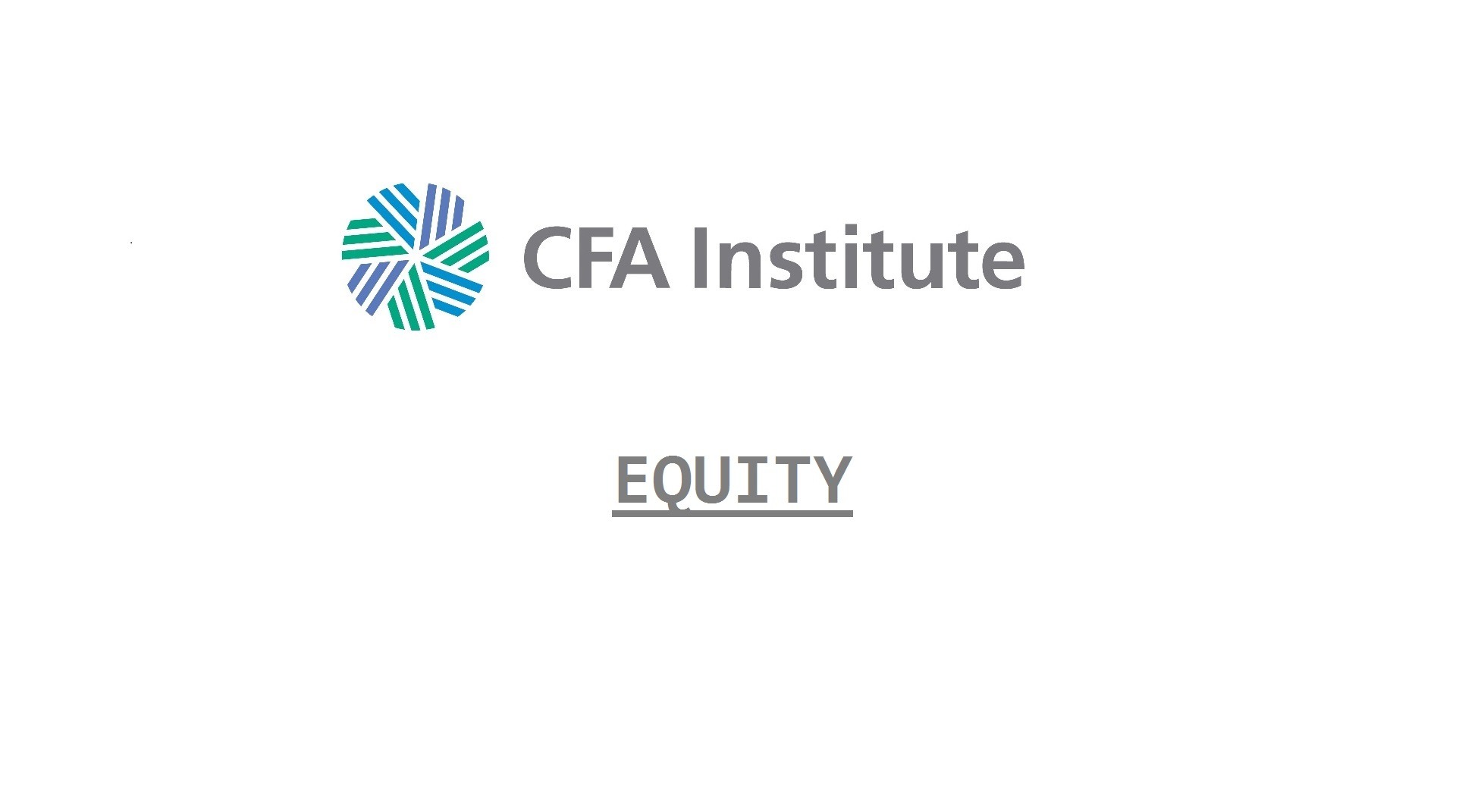The broad goal of active management is to outperform a selected benchmark on a risk-adjusted basis, net of fees and transaction costs.
Many fundamental investors use processes that include the following steps:
- Define the investment universe and the market opportunity—the perceived opportunity to earn a positive risk-adjusted return to active investing, net of costs—in accordance with the investment mandate. The market opportunity is also known as the investment thesis.
- Prescreen the investment universe to obtain a manageable set of securities for further, more detailed analysis.
- Understand the industry and business for this screened set by performing:
- industry and competitive analysis and
- analysis of financial reports.
- Forecast company performance, most commonly in terms of cash flows or earnings.
- Convert forecasts to valuations and identify ex ante profitable investments.
- Construct a portfolio of these investments with the desired risk profile.
- Rebalance the portfolio with buy and sell disciplines.
Pitfalls in fundamental investing include the following:
Behavioral biases can affect the human judgment that fundamental strategies use for their insights into profitable investments.
- Confirmation Bias – A cognitive error, confirmation bias—sometimes referred to as “stock love bias”—is the tendency of analysts and investors to look for information that confirms their existing beliefs about their favorite companies and to ignore or undervalue any information that contradicts their existing beliefs.
- Illusion of Control – The basic philosophy behind active equity management is that investors believe they can control or at least influence outcomes.
- Availability Bias – Availability bias is an information-processing bias whereby individuals take a mental shortcut in estimating the probability of an outcome based on the availability of the information and how easily the outcome comes to mind.
- Loss Aversion – Loss aversion is an emotional bias whereby investors tend to prefer avoiding losses over achieving gains.
- Overconfidence Bias – Overconfidence bias is an emotional bias whereby investors demonstrate unwarranted faith in their own intuitive reasoning, judgment, and/or cognitive abilities.
- Regret Aversion Bias – An emotional bias, regret aversion bias causes investors to avoid making decisions that they fear will turn out poorly.
A value trap where a stock that appears to be attractive because of a significant price fall, may in fact be overvalued and decline further.
A growth trap where the favorable future growth prospects are already reflected, or over-reflected, in the price.
